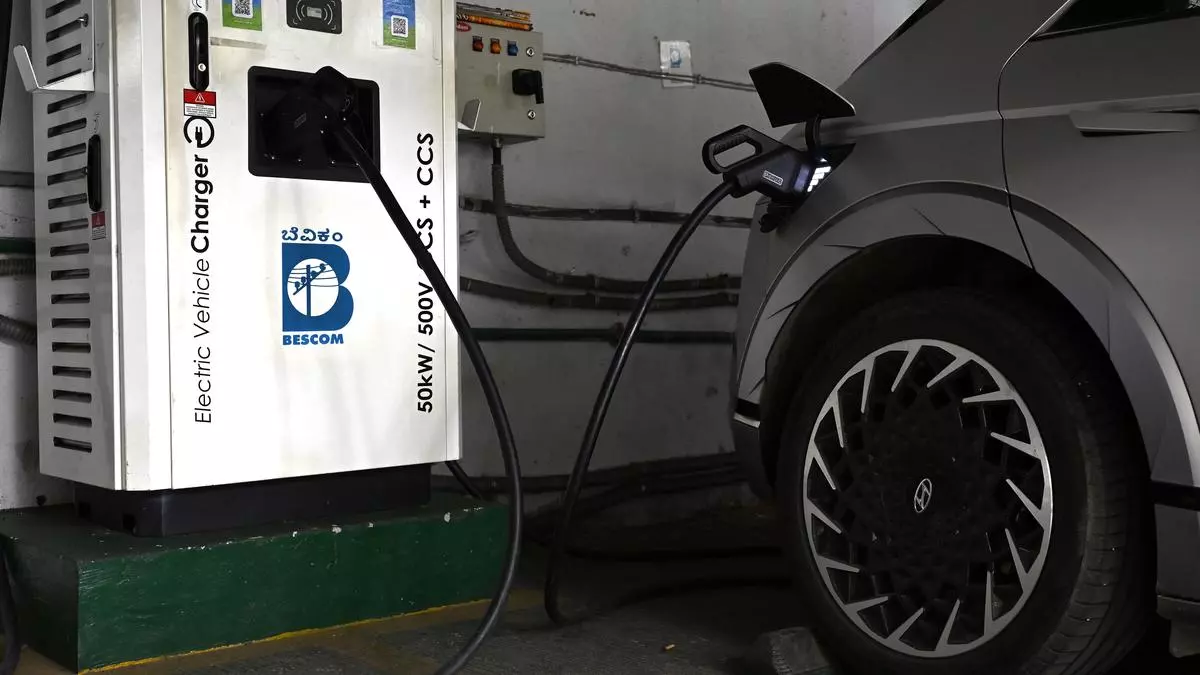Foreign banks and brokerages project the Centre’s capital expenditure growth to remain in single digits in FY 2025-26, a sharp decline from the 22 per cent CAGR recorded during FY 2021-24. For the current fiscal, they estimate capex growth at approximately 6.5 per cent, significantly lower than the budgeted 17 per cent growth for FY 2024-25.
“We continue to believe the fastest growth pace in public capex is behind us, and we expect capex to grow at or below nominal GDP growth rates from here on”, Santanu Sengupta, Chief Economist, Goldman Sachs India, said in a Union Budget preview note.
The Centre is widely expected to peg the nominal GDP growth for 2025-26 at 10 per cent or below 10 per cent in the upcoming budget.
Anubhuti Sahay, Head, India Economics Research, Standard Chartered Bank India, said “While we expect the central government to budget capex growth of 10 percent in FY26, it is unlikely to match the stellar growth seen between FY21-FY24”.
Sahay highlighted that Central government capex was budgeted to slow to 17 percent in FY25, after growing strongly between FY21 and FY24.
April-November 2024 capex growth contracted by 12.3 per cent, albeit less than (-) 15.4 per cent during April-September. Actual capex growth in FY25 is likely to be much slower at 6.5 percent, according to Standard Chartered Global Research.
National elections, heavy rains and stringent conditions for state loans slowed capex in H1-FY25, Sahay noted.
The central government recently also eased conditions for the disbursal of interest-free capex loans to state governments (budgeted at 0.4% of GDP), and the offtake has picked up. However, certain allocations are likely to be left unutilised. “Also, while the disbursal of capex loans to states has picked up, we think full utilisation might still be a challenge”, Sahay said.
In the last budget presentation, the economic affairs secretary highlighted that central government capex has peaked at c.3.3 per cent of GDP.
“Within central government capex, we expect the focus to remain more on interest-free loans to state governments for capex spending. We expect conditions to remain more relaxed in FY26 for state capex loan disbursements, as space to execute capex is higher at the state level than the central government level”, Sahay added.
Meanwhile, Sengupta highlighted that in the current fiscal year, robust tax collections, mainly driven by direct taxes, have given the government some space to carry out additional current expenditures, while capital expenditures have remained muted thus far.
“In our view, capex has likely peaked at 3.2 percent of GDP in FY24 and may come down further in the coming years, given the fiscal consolidation path of the central government. This is important given that India is an EM outlier on both the stock and flow of public debt”, Sengupta noted.
FISCAL DEFICIT
Goldman Sachs Research expects the central government to meet the fiscal deficit target of 4.9 per cent of GDP in 2024-25 despite the nominal GDP growth projection of 9.7 per cent for FY’25, as per the first advance estimates below the growth assumption of 10.5 per cent in the budget documents.
This foreign brokerage expects the Centre to announce a fiscal deficit target in the range of 4.4 -4.6 per cent of GDP (with 4.5 per cent as the base case) in FY26, given their medium-term fiscal consolidation path.
Sengupta highlighted that India is going through a cyclical growth slowdown driven by fiscal consolidation and slower credit growth on macro-prudential tightening of consumer loans by the Reserve Bank of India (RBI).
Meanwhile, Standard Chartered Bank Global Research expects the FY’25 fiscal deficit to come at 4.8 per cent of GDP versus the targeted 4.9 per cent. “We expect the fiscal deficit target for 2025-26 to be set at 4.5 percent of GDP”, Sahay said.
“We expect fiscal deficit for 2024-25 at 4.8 percent and lower than budgeted as capex is expected to be lower than budgeted, more than offsetting a small shortfall in revenue receipts”, Sahay added.
Pranjul Bhandari, Chief Economist, India and Indonesia, HSBC Global Research said “We believe the 4.9 percent of GDP fiscal deficit target will be achieved, simply because expenditure remains rather weak (growing at 3 percent y-o-y y-t-d in November versus a budgeted growth of 9 percent for FY25).
“Tax revenues growth is softening. Expenditure growth is turning out to be softer than budgeted. The fiscal deficit target will likely to meet, but for very different reasons than was expected at the start of the fiscal year”, Bhandari said in a research note.







Leave a Comment